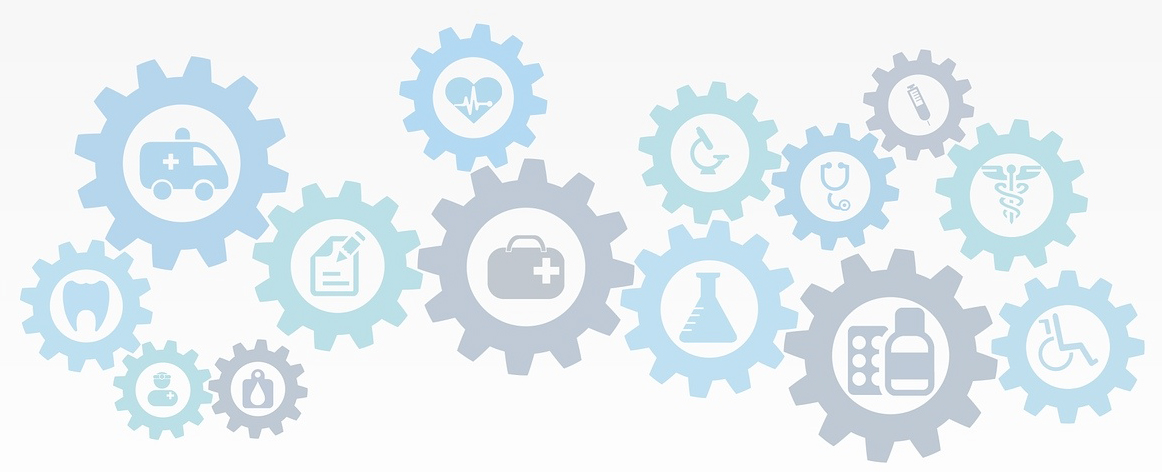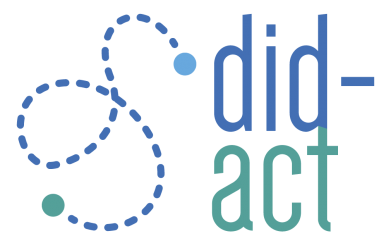Curriculum Development Process
For the development of the DID-ACT’s online clinical reasoning curriculum we will be following the six step Kern cycle for curriculum development. Kicking off our third and fourth work package in January 2021 signalled the start for detailed planning and development of learning units. As of now, we have started with 4 units, but based on our curricular framework, we will be developing a total of 40 learning units. These units will be aligned with a collection of case scenarios and virtual patients. Together, these will allow for interprofessional and deliberate practice of clinical reasoning.

We started this process by providing an exemplary learning unit (“What is clinical reasoning – an introduction”) and a template for describing a learning unit. We then divided into smaller teams to develop the first four learning units on different clinical reasoning-related theories in parallel. Each team includes partners from different health professions across Europe. Each team has varying levels of expertise, ranging from students to experienced clinicians or educators. The diversity of knowledge and experience are key elements for developing a clinical reasoning curriculum that reflects the various needs of health professions across Europe and beyond.
Upon completion of each learning unit, each unit will be reviewed within our team and by associate partners. The units will then be revised accordingly and implemented into Moodle, our learning management system, using available OERs. We will create new resources ourselves, if needed. After a final review, all learning units will be made publicly available to be freely used by students and educators.
Pilot implementations
We will pilot selected learning units from the student curriculum and the train-the-trainer course within our partner institutions during the summer and fall 2021. The evaluation results of course participants and facilitators will be the basis for further refinements of our clinical reasoning curriculum. For that purpose, we aim to include at least 500 students and 50 educators.






